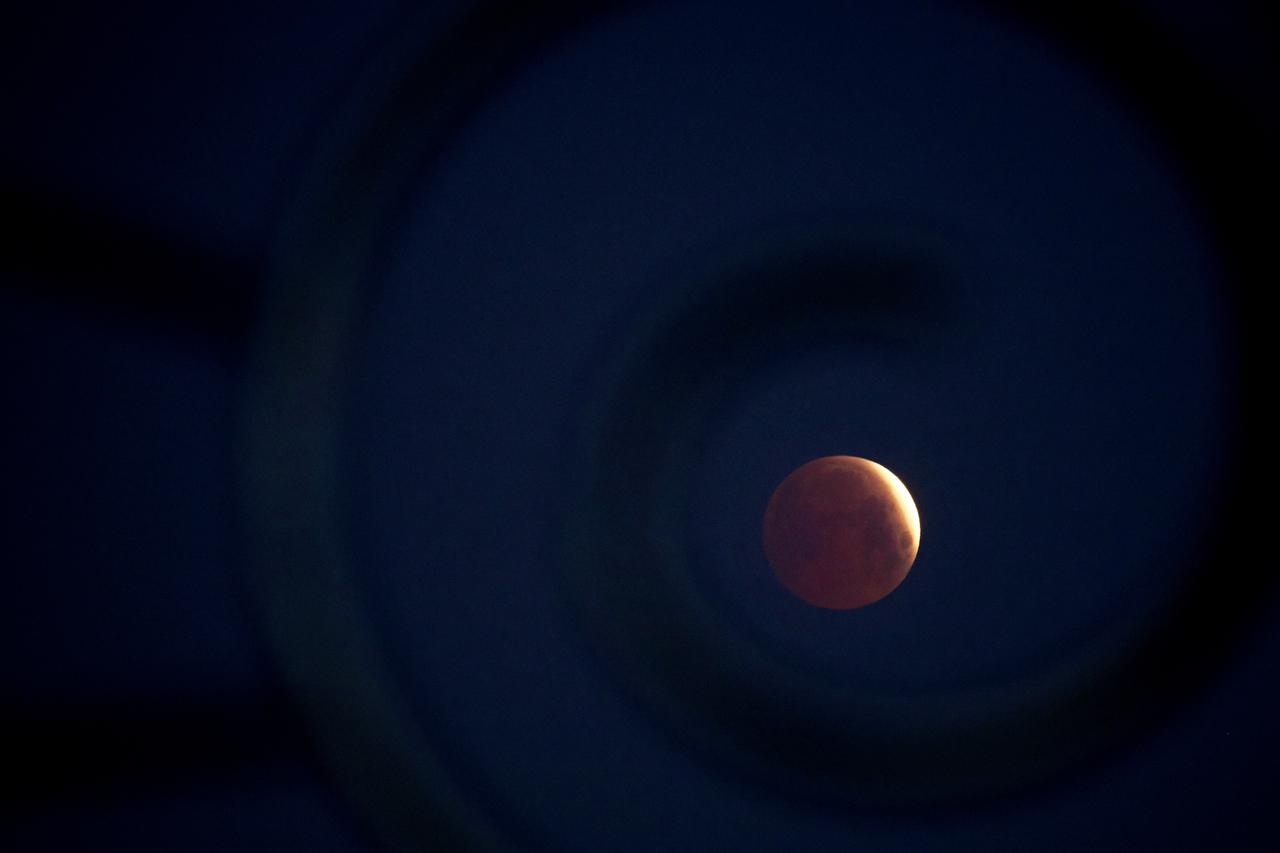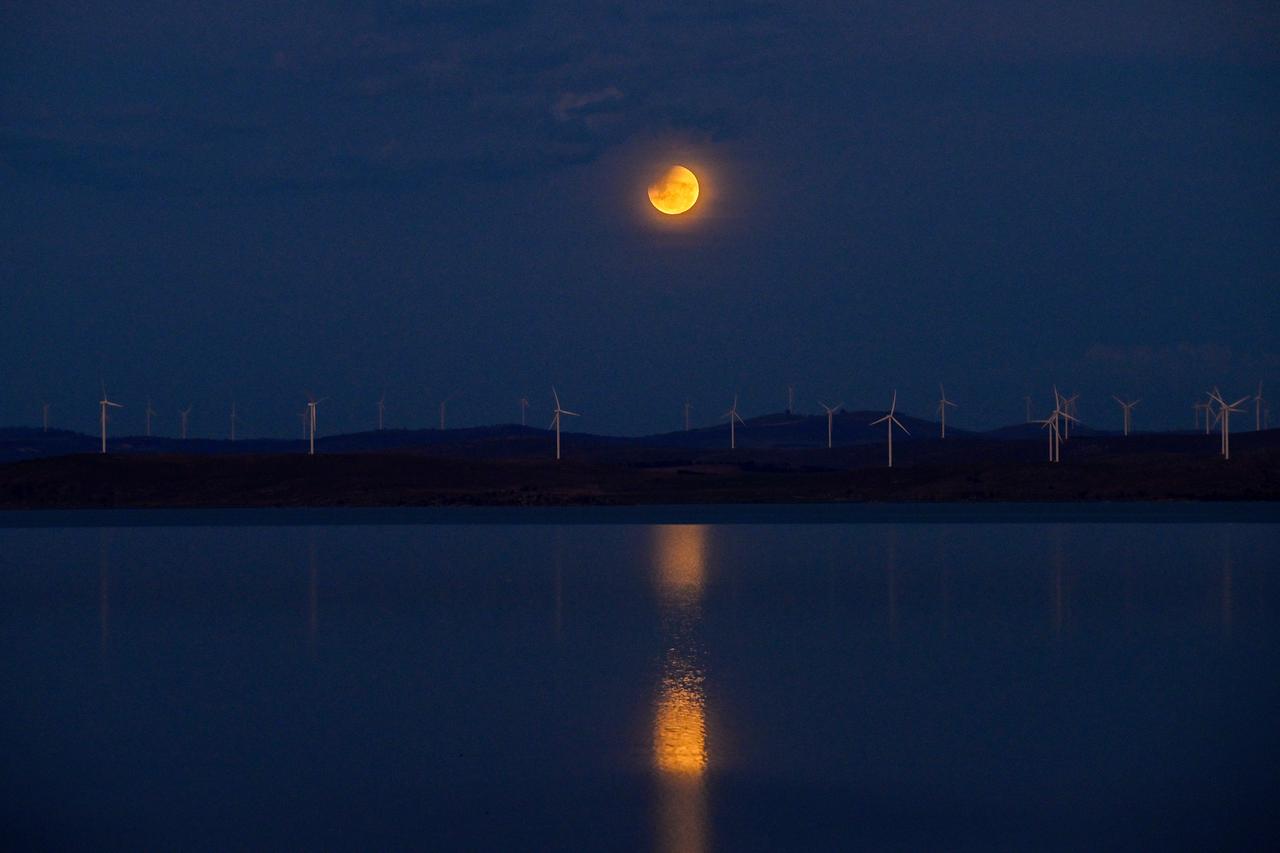
Stargazers across Türkiye will have a chance to see a rare “blood moon” lunar eclipse on Sept. 7–8, though a leading seismologist dismissed rumors circulating online that the phenomenon could trigger earthquakes.
The total lunar eclipse will be visible to the naked eye from many regions of Türkiye and will last about one hour and 20 minutes. During the event, the moon will take on a reddish hue as it passes into Earth’s shadow, creating a spectacle that has fascinated observers for centuries.
But ahead of the eclipse, claims resurfaced on social media suggesting the “blood moon” could trigger major quakes. Turkish seismologist Serkan Icelli sought to calm public fears, stressing there is no scientific link.

“These are nothing but wordplay,” Icelli said. “When you look at the arrival of electromagnetic waves or gravitational mass, we can say there is no relation to earthquakes. Let’s not believe these things.”
He explained that lunar and solar eclipses can cause ocean tides but not seismic activity. “Our pull affects the moon more. Some astrologers say, ‘Pay attention to the 10th of the month, or the 20th.’ These are just word games with no scientific validity,” he said.
Icelli called such rumors “sensational, disinformation-laden claims designed to provoke you. They are playing with your mind. Don’t let yourself be baited.”
A “blood moon” occurs during a total lunar eclipse, when the Earth, sun and moon align and the planet’s shadow falls on its satellite. As sunlight passes through Earth’s atmosphere, only red wavelengths reach the moon, giving it a coppery-red glow.
Unlike solar eclipses, a lunar eclipse is safe to view without protective eyewear, and totality can last for nearly two hours.